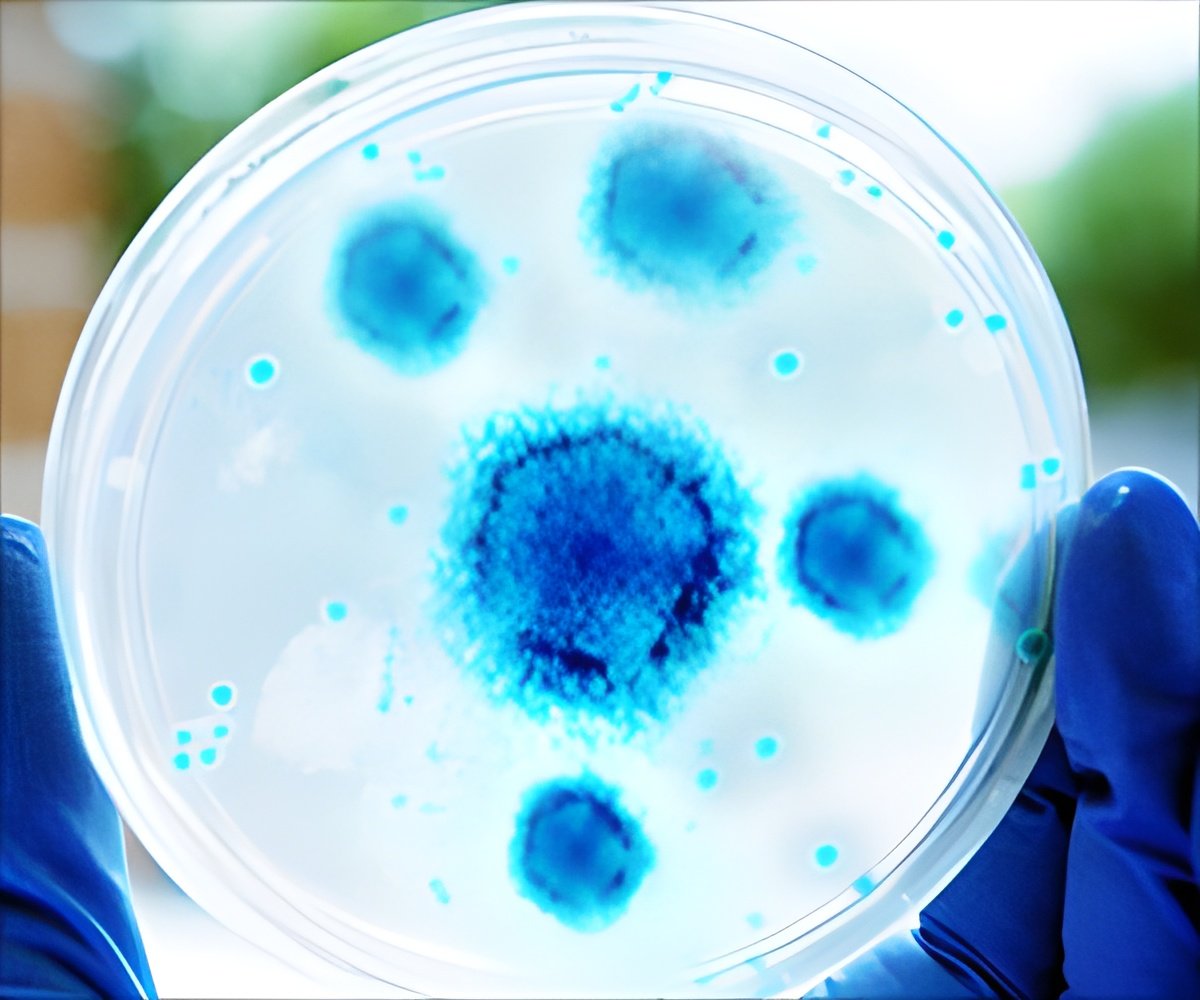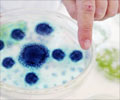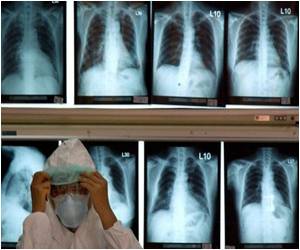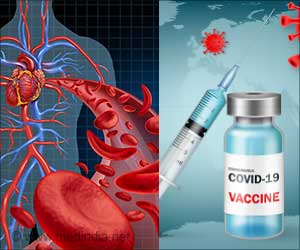Coronaviruses have recently been confirmed to represent a serious threat, as they have been on the watch list for emerging pathogens since the SARS epidemic 2003.

Examining K22's mechanism of action, they discovered that the compound acts at an early step during the production of coronavirus in human host cells. Human cells are subdivided into different "compartments", for example the nucleus that contains the genetic information, or the mitochondria, which are the cell's power plants. Each compartment is surrounded by a wall-like structure called a "membrane". In order to multiply (i.e. manufacture new virus) and spread the infection, coronaviruses need to usurp and re-shape some of the membranes in the human host cells to build a sort of scaffolding for their virus production machinery. The results here show that K22 inhibits coronaviruses by preventing this use of host membranes for viral production.
"The remarkable efficacy of K22-mediated inhibition of coronavirus replication", the authors say, "confirms that the employment of host cell membranes for viral RNA synthesis is a crucial step in the coronavirus life cycle, and importantly, demonstrates that this step is extremely vulnerable and also druggable for antiviral intervention" Because the identification of K22 and its proposed mode-of-action is only the first, preclinical, step towards a therapeutic use, they also argue that "one important lesson of the past SARS and recent MERS coronavirus outbreaks is the need to invest significant efforts to developing efficacious and approved drugs to increase preparedness and combat coronavirus infections".
Source-Eurekalert















